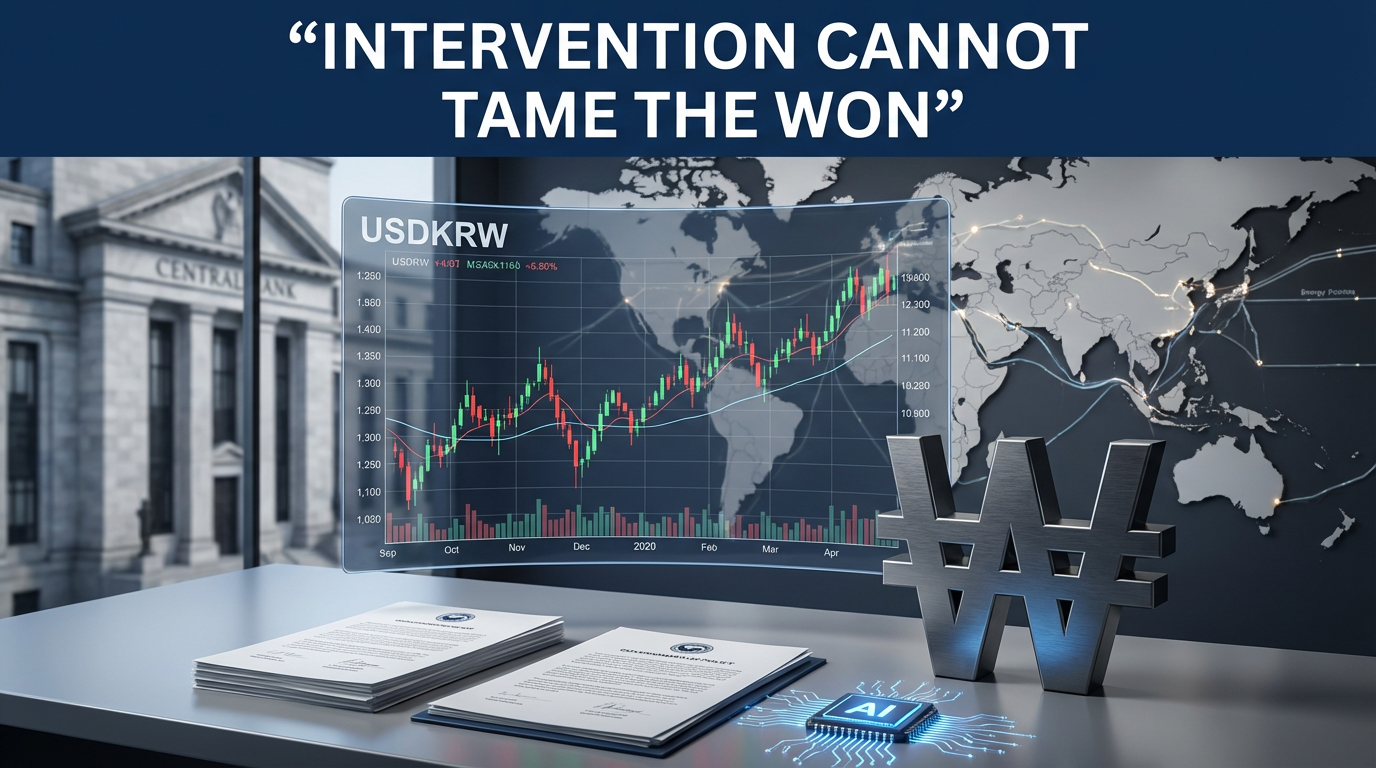● Tesla: 90% Hinge, Panic, Dominate, or Wood?
Recent Summary of Global Economy and Tesla Issues
1. SpaceX Test Launch and Starship Failure
In the test launch, SpaceX’s eighth Starship was launched, and the landing scene was revealed.
The natural capture of the heavy booster showed technical success, but the Starship failed twice in a row, spinning without stopping.
The next test is expected around May, and the success is questionable.
2. U.S. Tariff Policy and Trump Administration Remarks
President Trump is taking a strong stance on tariff policy and trade tensions.
A one-month tariff moratorium and a vehicle tariff-free measure under the North American Free Trade Agreement were announced.
The steel and aluminum tariffs are scheduled to take effect on April 2, which is expected to cause short-term chaos.
Trump criticized globalist companies for exploiting the United States and emphasized focusing on the U.S. economic recovery.
Market unrest and rising VIX indices are amplifying investor anxiety.
3. Tesla Stock Price Volatility and Autonomous Driving Technology Outlook
Tesla’s stock price has recently fallen by 5.61%, increasing short-term volatility.
Stock prices have fluctuated significantly over the past week, month, six months, and even after 2025.
Major technical indicators such as RSI 27.42 and MDD 46.07% are giving sell signals, but
Analysts say that an increase of about 85.44% is needed to break through the previous high.
Tesla’s strength lies not only in electric vehicle sales but also in autonomous driving (FSD) technology and the launch of robot taxis.
The launch of low-cost electric vehicles and the advancement of FSD are expected to determine competitiveness in the global market in the future.
4. China and Global Economic Uncertainty and Future Outlook
Amid global economic uncertainty, the responses of the United States, China, and other major countries are noteworthy.
The Chinese government is actively pursuing economic stimulus measures, which are increasing volatility in the overall global economy.
It is analyzed that the policy changes in the United States and China have a significant impact on the recovery process after tariff policies, trade tensions, and the global pandemic.
It is also expected that the Trump administration’s aggressive tariff measures, as well as Tesla’s autonomous driving technology and robot taxi innovation, could strengthen the U.S. economy and global competitiveness in the long term.
Key keywords such as technological innovation, global economy, electric vehicles, autonomous driving, and tariffs are expected to reshape the market paradigm in the future.
< Summary >
The global economy is undergoing major turbulence centered on the United States and China amid uncertainty in tariff policies, trade tensions, and other factors.
SpaceX left challenges through failures along with technical leaps in the Starship test launch, and the success of the next test is noteworthy.
Despite stock price declines and volatility, Tesla is showing future growth potential with innovative business models such as autonomous driving technology (FSD) and robot taxis.
Various analyses and forecasts are emerging regarding the impact of the Trump administration’s tariff policy changes and the U.S. economic recovery strategy on the global economy.
Key keywords such as the global economy, electric vehicles, autonomous driving, Tesla, and tariffs are at the center of the issue.
[Related Articles…]
Latest Trends in Tesla
Analysis of Tariff Policies
*YouTube Source: [오늘의 테슬라 뉴스]
– 테슬라 주가? 90%에 달렸다! 월가 패닉 상황 댄 아이브스의 판단은? 테슬라 6월 시장을 독점할것? 캐시우드 인터뷰 번역!

● Korea-Targeted Trade War Looms
Global Economic Outlook: US-China Trade War and Economic Stimulus, Future Direction of the Korean Economy
MWC Progress and Free Time Records from Barcelona
Today, in Barcelona, Spain, at Catalonia Square, after completing all the MWC schedules, I am organizing international affairs and Korean economic response measures while spending about 4 hours of free time.
The vivid atmosphere and street music I felt while filming with just one smartphone deeply resonated with me.
I am conveying the free atmosphere seen on-site, along with the overall economic issues such as global trade, tariffs, fiscal policy, and technology wars.
US-China Trade War and US Aggressive Tariff Measures
The US-China trade war is intensifying as the US imposes tariffs on China, Canada, Mexico, etc.
In particular, the Trump administration is taking a hard-line stance through tariff imposition as it fails to reach a level of negotiation it desires.
This movement can be interpreted in terms of protecting the people and separating the economy, along with the demands of the Republican Party in the US.
In the flow of the global economy, the US’s aggressive trade policy is unfolding in conjunction with political and diplomatic factors, not just economic issues.
China’s Two Sessions and Shift in Economic Stimulus Strategy
The Chinese government has forecast economic stimulus measures by raising its economic growth target to about 5% through this year’s Two Sessions.
Currently, China is showing a growth rate of around 4.5%, but it aims to promote GDP growth by inducing additional consumption and corporate investment.
Unlike the growth strategy that excessively relied on real estate and infrastructure investment in the past, China is showing its intention to leap into a new neuro-economic model centered on AI and big tech.
In this process, it is focusing more on economic stimulus than fiscal soundness, shifting to a technology war structure like the American Stargate.
US-Korea Trade Conflict and Korea’s Tariff Issues
The US is taking issue with Korea’s high agricultural tariffs, especially the 513% tariff imposition policy on rice.
Korea has systems such as the principle of free trade, WTO, and FTA, but maintains high tariffs as an infant industry protection policy to protect its own industries.
This situation is being used as an additional pressure card in trade negotiations with the US and defense cost-sharing negotiations.
The Korean economy is facing a situation where it needs to seek domestic and foreign demand stagnation, interest rate cuts, and expansionary fiscal policies.
Future Industry Competition and Korea’s Policy Direction
As the world is swept up in the wave of technology wars and digital innovation, Korea needs to preempt future industries such as ICT and AI.
It is evaluated that the difference in work style between high-ranking public officials and private companies and the heavily acting existing regulatory environment are holding back the growth of the Korean economy.
Efforts to focus on areas where a unit of budget can directly lead to economic stimulus are more urgent than expansion of fiscal policy.
R&D investment and policy support should be strengthened so that domestic SMEs and emerging unicorn companies can take off.
Summary
In the global economic situation, amid uncertainty stemming from the US-China trade war and US aggressive tariff measures, China is developing economic stimulus measures by leaping into a new economy centered on AI and big tech.
Meanwhile, Korea faces the important task of overcoming domestic and foreign demand stagnation by combining monetary policy and expansionary fiscal policy amid high agricultural tariffs and trade conflicts.
Based on issues related to economy, trade, tariffs, fiscal policy, and technology wars, we need to deeply consider future policy directions and industrial competitiveness.
[Related Articles…]
Global Trade War and Korea's Response Strategy
Korean Economic Outlook Leaping with Expansionary Fiscal Policy
*YouTube Source: [경제 읽어주는 남자(김광석TV)]
– 트럼프 관세전쟁의 총구가 이제 한국을 향한다. 중국은 한국의 기술추격을 불허한다. 한국, 이대로는 안된다.

● U.S. Stocks: Trouble Brewing?
Global Economic Outlook: Everything About US Interest Rates, Economic Recession, Exchange Rate Changes, and Investment Strategies
1. US Interest Rates and 10-Year Term Premium Rate Outlook
It is noticeable that the US Federal Reserve is trying to control the 10-year term premium rate instead of talking about the benchmark interest rate.
The market is paying attention to this announcement, and various opinions are being expressed about the impact of long-term interest rate adjustments on the entire financial market.
As interest rate fluctuations affect the US economy as a whole, investors are paying particular attention to stock and bond investments.
Among economic experts, there is an opinion to carefully examine how the uncertain interest rate outlook will bring changes to future investment strategies.
2. US Recession Possibility and Market Instability Factors
The possibility of the US economy suddenly falling into a recession is being mentioned.
As internal indicators become somewhat sluggish, manufacturing and consumer sentiment indices show signs of instability.
Some are also expressing concerns that US stocks lack the stamina to continue their high-flying trajectory.
From a long-term perspective, recessions tend to pass, considering the economic cycle, but short-term volatility can be high.
3. Exchange Rate, Korean Won Appreciation, and Trade Deficit Resolution Strategy
In order to resolve the US trade deficit, strategies related to the Korean Won and the Japanese Yen will be needed in addition to dollar policies and interest rate adjustments.
If the Korean Won turns strong, Korean assets may appear attractive to foreign investors.
The interaction of dollar, won, and yen policies in the international financial market is an important variable that will determine future exchange rate trends.
4. Trump Policy Dilemma and Interest Rate Decline Outlook
The Trump administration is pursuing contradictory policies to simultaneously solve the problems of trade deficits, national debt, and debt while easing inflationary pressures.
Various policies such as tariffs, tax cuts, immigration deportation, and deregulation are leading to inflation and interest rate hikes, conflicting with government goals.
In this situation, policies to lower the 10-year interest rate can be interpreted in various ways, such as short-term stock purchases or US bond purchases.
5. US Stocks, Value Investing, and Volatility Risk
Despite high stock price increases, the US stock market is burdened in terms of value.
Investors are concerned about the volatility of overvalued stocks, and those who have already made profits can enjoy it, but novice investors should be careful.
As US economic indicators and surprise indices are weak, the possibility of a stock market correction is being raised.
It is necessary to establish an investment strategy according to changes in international interest rates and US economic indicators that affect the overall economy.
6. Investment Strategies and Outlook Amid Opportunities and Risks
From a long-term perspective, when facing an economic recession, investment opportunities in undervalued value stocks may arise as uncertainty increases.
However, at the same time, the risk of short-term losses is high in a highly volatile market, so a cautious investment approach is required.
Focusing on key keywords related to economy, interest rates, the US, stocks, and investment, the global economic situation should be carefully analyzed, and the investment portfolio should be readjusted according to changes in the macro environment.
Overall, complex factors are at play, including the adjustment of the US 10-year term premium rate, the possibility of economic recession, the strengthening of the Korean Won and trade deficit reduction strategies, the contradictory policies of the Trump administration, and the overvaluation problem of the US stock market.
In this macro environment, systematic analysis and prudent investment strategies considering key keywords such as economy, interest rates, the US, stocks, and investment are needed.
[Related Posts…]
Changes in Interest Rate Outlook
US Stock Market Trends
*YouTube Source: [와이스트릿 – 지식과 자산의 복리효과]
– “미국 주식 사신 분들 정말 걱정입니다” 망한다는 나라 주가 오르고 호황인 나라는 떨어집니다 / 윤지호 경제평론가 (2부)



